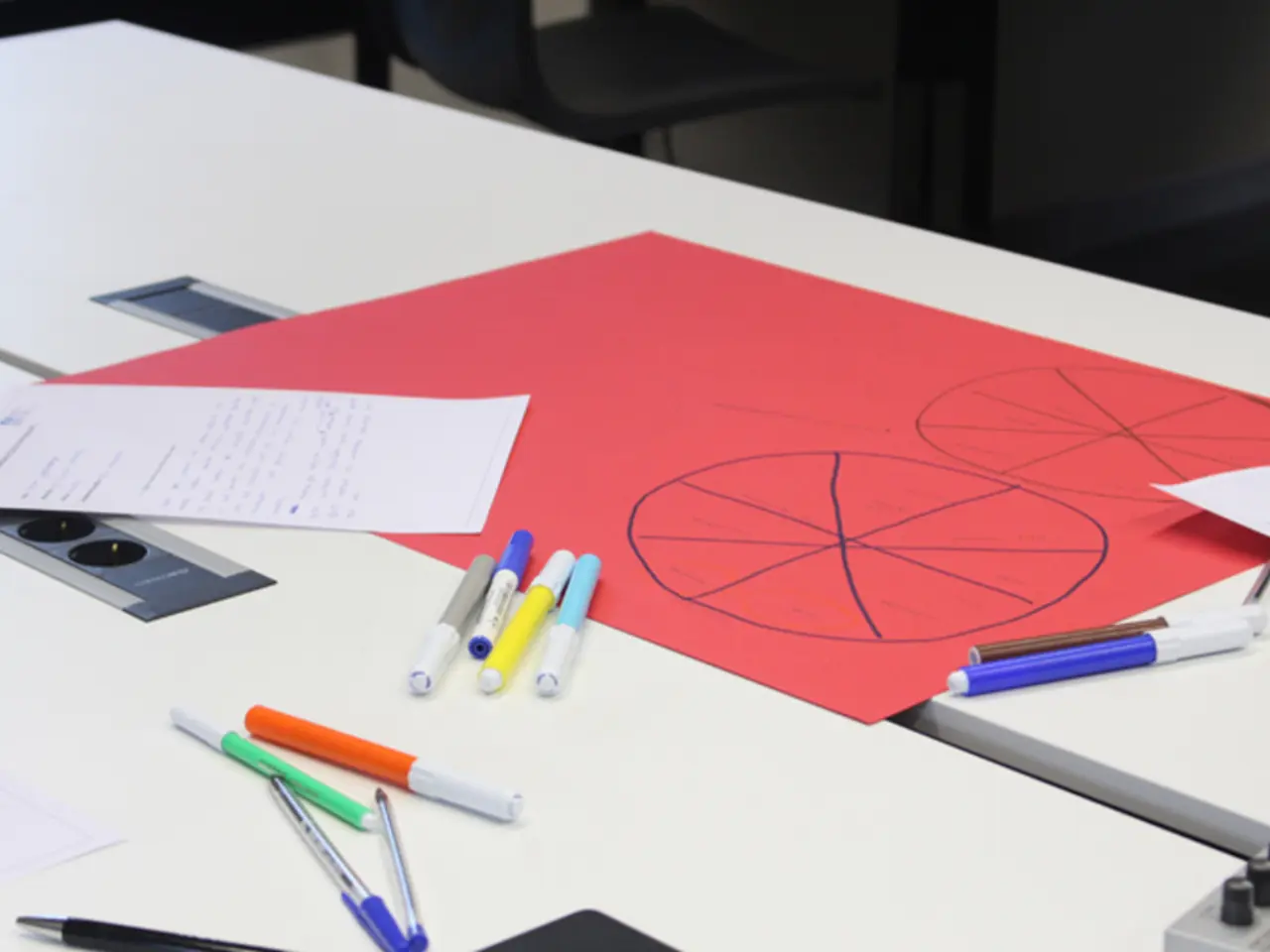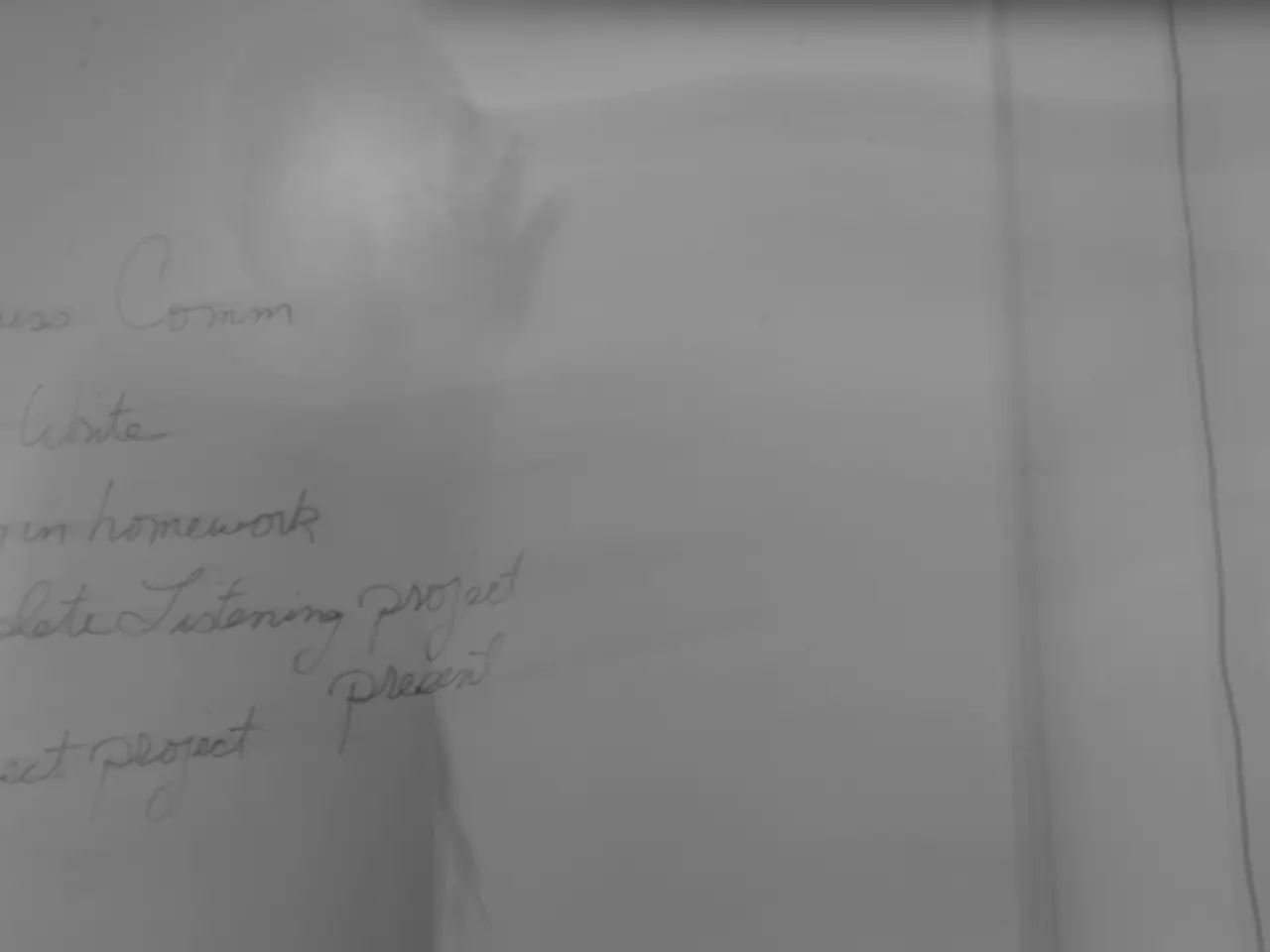Ease Tension through a Five-Step Seated Yoga Routine, Empowered by Your Breath Control
Modern Life Can Be a Stress-Filled Whirlwind. Getting caught up in the everyday grind can leave you feeling tense, anxious, and out of sorts, with symptoms like tight muscles, shallow breathing, and even high blood pressure. Chronic stress isn't just uncomfortable—it can also take a toll on your health over time.
Fortunately, there's a simple, low-cost solution that'll only take a few minutes out of your day: breathwork and gentle movements. Kundalini yoga and breathwork teacher Victoria Nielsen has designed a seated yoga flow that's perfect for soothing your nervous system and helping you feel more grounded after a stressful event. Plus, since all the poses are done sitting down, it's easily accessible for everyone.
The moves are gentle and easy to follow, with an emphasis on mindful breathing over fast-paced routines. Kundalini yoga, also known as the "yoga of awareness," excels at managing stress because it clears your racing thoughts, brings you into the present moment, and stimulates the relaxation response from your parasympathetic nervous system.
Give this sequence a try, and in less than 10 minutes, you'll start building more resilience to daily stressors.
1. Full Yogic Breath (1-2 minutes)
Take a comfortable seated position. Place one hand on your abdomen and the other on your chest. Close your eyes or lower your gaze, then take a deep breath. Diffuse your breath into your abdomen, ribcage, and chest. As you inhale, feel your body expand and contract as you exhale. Keep breathing deeply and mindfully.
2. Neck Roll (1 minute)
Remain in your seated position, and tuck your chin towards your chest. Slowly rotate your head clockwise, inhaling as you circle your head, then exhale as you return to the starting position. Repeat for 30 seconds in each direction.
3. Sufi Grind (30 seconds each direction)
Back in your seated position, place your hands on your knees. Hinge at the hips and rotate your upper body in a counterclockwise direction, inhaling as you move to the front, and exhaling as you move back. After 30 seconds, switch directions.
4. Balancing Tattvas (1 minute)
Bring your hands together in front of your chest in prayer position. Spread your fingers, separate your palms, and point your thumbs towards your body. Inhale slowly, then exhale through O-shaped lips with eight equal bursts of exhalation, pulling your abdomen in sharply but never straining.
5. Left Nostril Breathing (1 minute)
Close your right nostril with your thumb, then inhale and exhale smoothly and slowly out of your left nostril. This technique activates the brain's right side, promoting coolness and tranquility. As you practice, focus on an expanding abdomen during inhalation and contracting it during exhalation. When you're finished, return to normal breathing and notice any differences in your body and mind.
—
Subscribe to our Fit&Well Newsletter
Start each week with workout ideas, health tips, and well-being advice delivered straight to your inbox.
Kundalini yoga and its associated breathwork techniques offer various advantages for managing stress and enhancing your ability to cope with daily stressors. Here's a closer look at how they help:
Kundalini Yoga
- Energy Awakening: Kundalini yoga is centered around awakening the dormant energy located at the base of the spine, known as Kundalini energy. This energy travels through the chakras as it rises, creating balance and leading to heightened awareness and spiritual well-being[1].
- Holistic Approach: The practice addresses physical, mental, and spiritual dimensions, promoting harmony within the individual. This holistic approach is essential for managing stress since it enables you to tackle it on multiple fronts[1].
- Techniques: Kundalini yoga utilizes various techniques, including breath control (pranayama), poses (asanas), meditation, and chanting of mantras. These strategies help release stress and negativity, fostering a state of heightened awareness[1].
Breathwork
- Breath Control (Pranayama): Breathwork in Kundalini yoga involves specific breathing techniques that help regulate the nervous system. Pranayama practices calm the mind, decrease mental agitation, and promote relaxation—all essential for stress management[5].
- Resilience Enhancement: By concentrating on breath control, practitioners can better adapt to emotional responses to stressors, thereby increasing their resilience to daily challenges[4].
—
Extras
- Stress Reduction: Kundalini yoga and its music are known to reduce stress, anxiety, and depression by promoting emotional stability and a sense of inner peace[3][5].
- Spinal Health: The practice also strengthens the spine and supports the nervous system, contributing to overall well-being and resilience[2].
In conclusion, Kundalini yoga and breathwork combine to offer a powerful tool for managing stress and building resilience by focusing on physical, mental, and spiritual aspects of well-being.
- Incorporating Yoga and Breathwork into Daily Life: By practicing the seated yoga flow and breathwork techniques introduced by Victoria Nielsen, individuals can effectively manage stress and enhance their overall health and mental well-being.
- Holistic Approach to Stress Management: Kundalini yoga incorporates a comprehensive strategy for stress management, addressing physical, mental, and spiritual well-being, thereby offering a comprehensive solution to cope with daily stressors.
- Science-Backed Benefits: Research supports the benefits of Kundalini yoga and breathwork for stress management, demonstrating their potential for reducing stress, anxiety, and depression, promoting emotional stability, and cultivating resilience.








